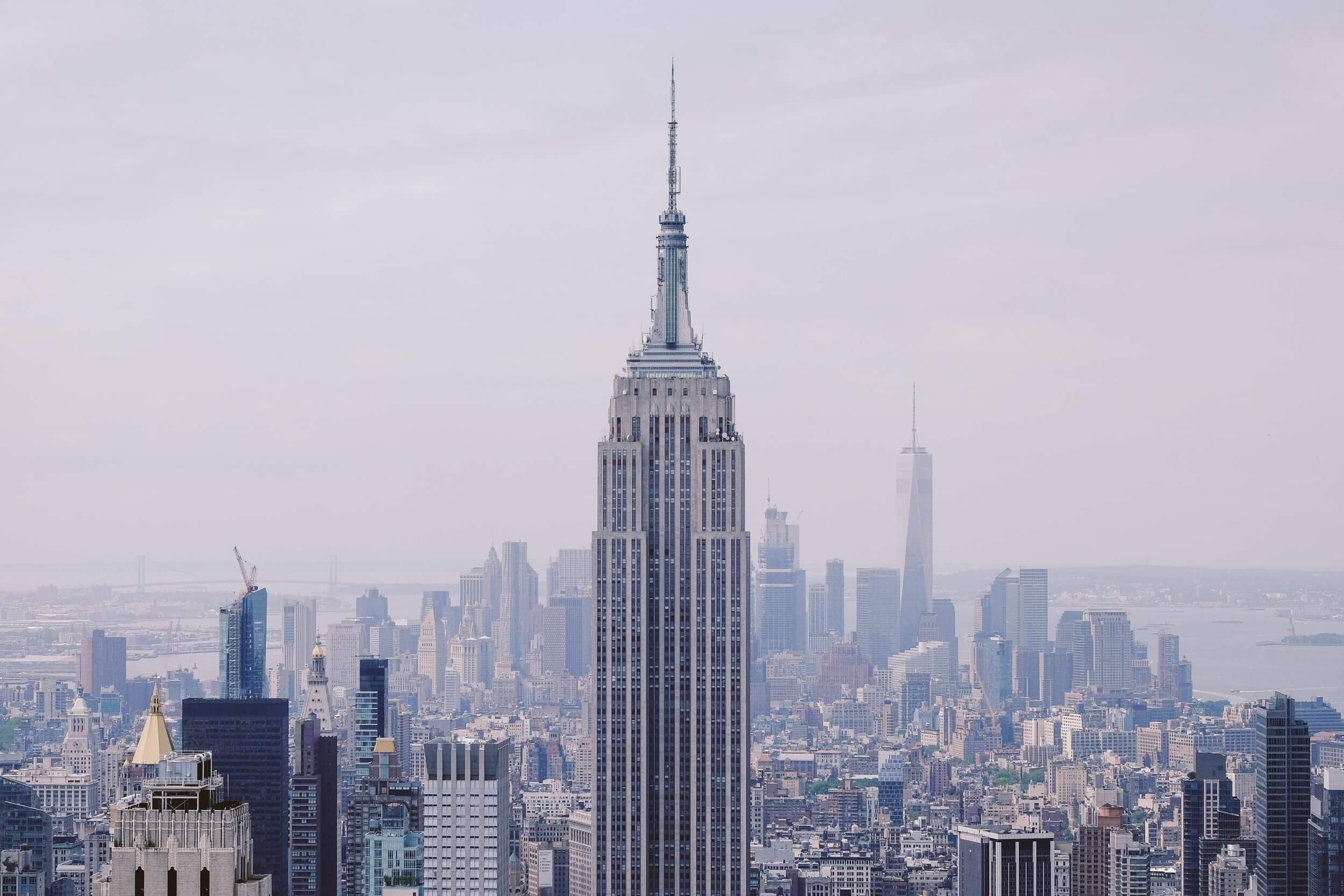The U.S. Department of State recently updated Forms DS-160 and DS-260 to require the disclosure of social media accounts used by visa applicants within the last five years. These new questions, which appear on forms completed by all nonimmigrant and immigrant applicants, present new obstacles to visa issuance and could have adverse implications for U.S.-bound foreign nationals.
Visa applicants are now required to provide each and every username, or handle from a list of more than 20 social networking services, including Facebook, Instagram, LinkedIn, and Twitter. According to the U.S. Department of State, social media profiles will be used for “identity resolution and vetting purposes based on statutory visa eligibility standards”. In effect, such information will be used to verify the identity of the applicant and determine whether the foreign national is admissible to the U.S.
When considering the vast amount of information shared on these platforms, applicants are advised to complete these forms carefully, as social media could disclose inconsistencies related to employment history or individual residence. Applicants should be mindful of these new questions and exercise caution, as their social media history and activity may be shared with other U.S. immigration agencies, including the U.S. Citizenship & Immigration Services and U.S. Customs & Border Protection.
For more information on these developments, please contact me at shaune@fraserpllc.com
The information provided herein is for information purposes only. It is not intended as legal advice for any particular situation nor presumed as indefinitely up to date.
Copyright © 2019, FRASER IMMIGRATION LAW, PLLC. All Rights Reserved.















